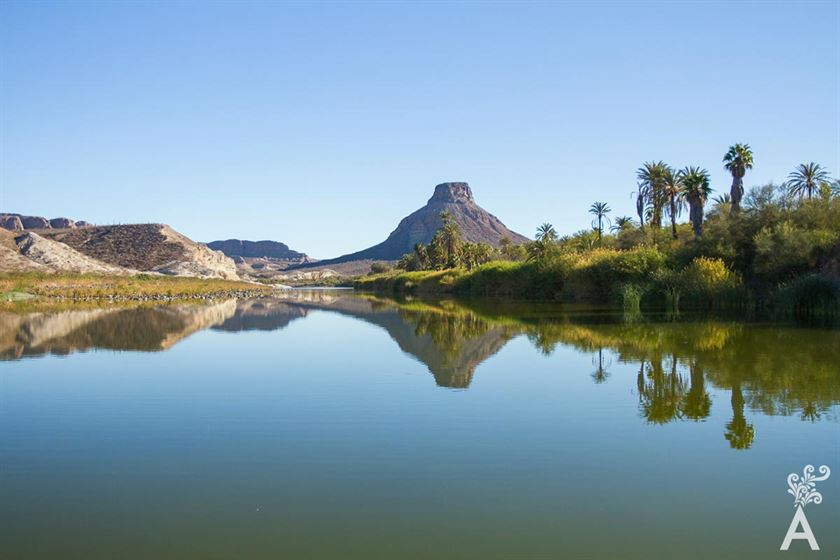ORIGIN OF CULINARY TRADITIONS
The municipality of Comondu is a melting pot of food traditions. This Southern California oasis encapsulates the long history of colonization, from the missionary stage to the food prepared by the families of the Santo Domingo agricultural valley in the middle of the 20th century.
A panoramic view reveals culinary traces embedded in the microenvironments where the territory was inhabited. The oases, the mountains, the valleys, the coastlines and the islands brought ingredients to the type of food our ancestors consumed. The other ingredients came from contact with other tribes in the interior of the republic, through trade.
Natural Foods
[two_first]Like the hunter-gatherer Californios Indians, the hunting of birds, rabbits, deer, pronghorn antelopes and other wildlife, combined with the collection of vegetables, strawberries and roots, was practiced by the inhabitants of the region in times of food shortages.
[/two_first][two_second]

[/two_second]
Prehistoric native tribes took advantage of the natural resources by totally adaptation to the environment. The seasons determined their mobility and available resources.
They gathered mesquite seeds, agaves, pitahaya, cactus, San Miguel or tedda seeds, yucca, medesa, dipua or palo verde, guiguil or cherry, otatave or grape, zalate or fig, gokio or palo blanco, jicama, sweet potato and many others. Protein and hides were obtained from hunting bighorn sheep, mule deer, pronghorn, quail, lynx, bat, rabbit, squirrel, rat, coyote, fox, raccoon, cougar, mole, wildcat, babisuri or ringed tail cat, and spotted skunk.
Marine animals also contributed to the indigenous diet. Natives took advantage of turtles, sea lions, octopus, any species of fish and mollusks, even beached whales.
The use or reuse of waste such as urine and excrement, which the Spaniards called double harvest, is thought to be associated with ritual and healing customs (Aschmann, 1959: 58). The ancient Californios usually consumed food under the system of tatema, the practice of cooking mezcal still used in various dishes of Comondu and Loreto.








